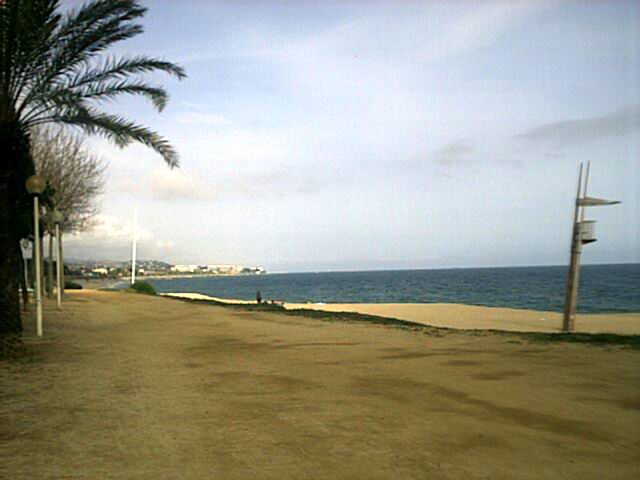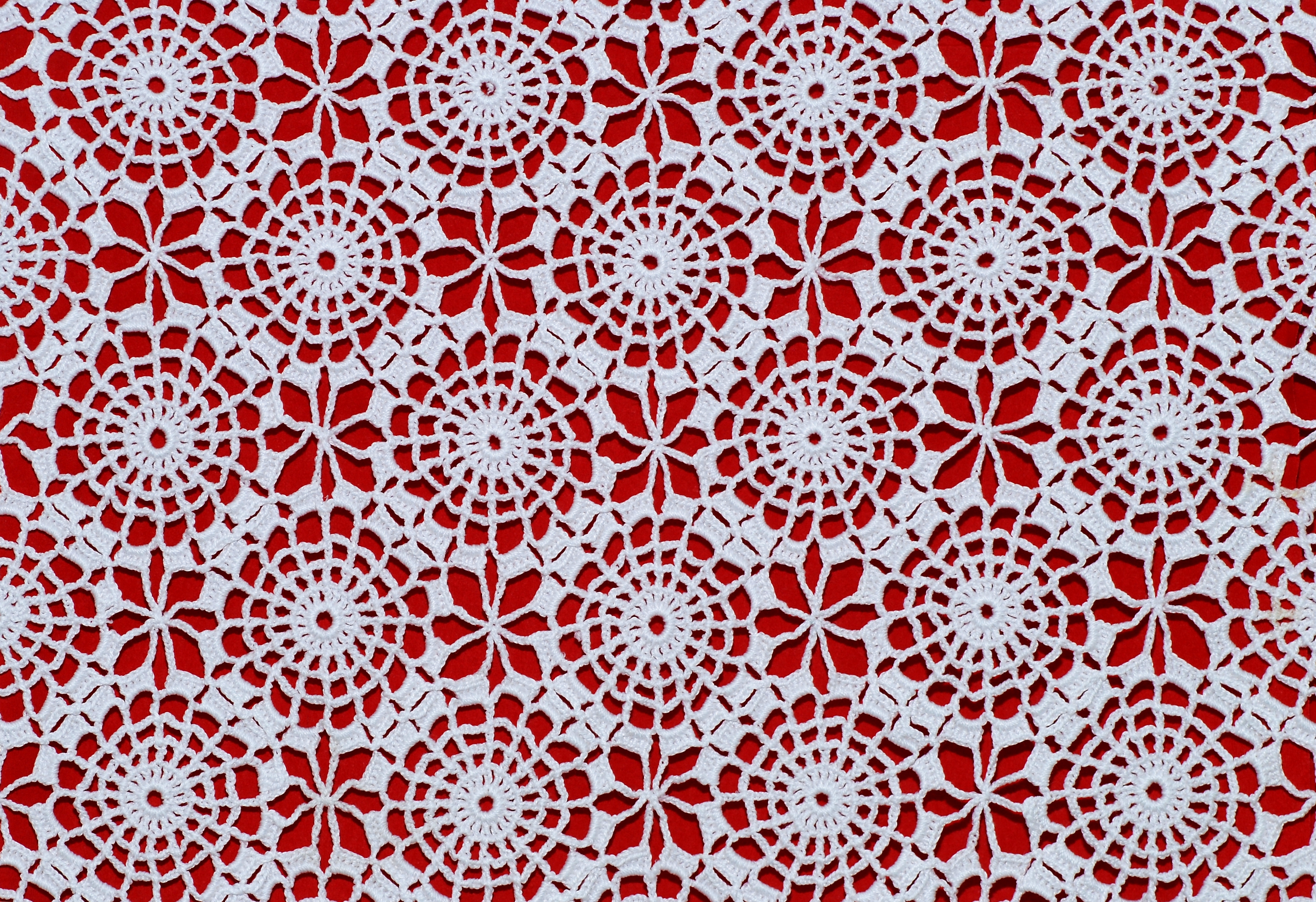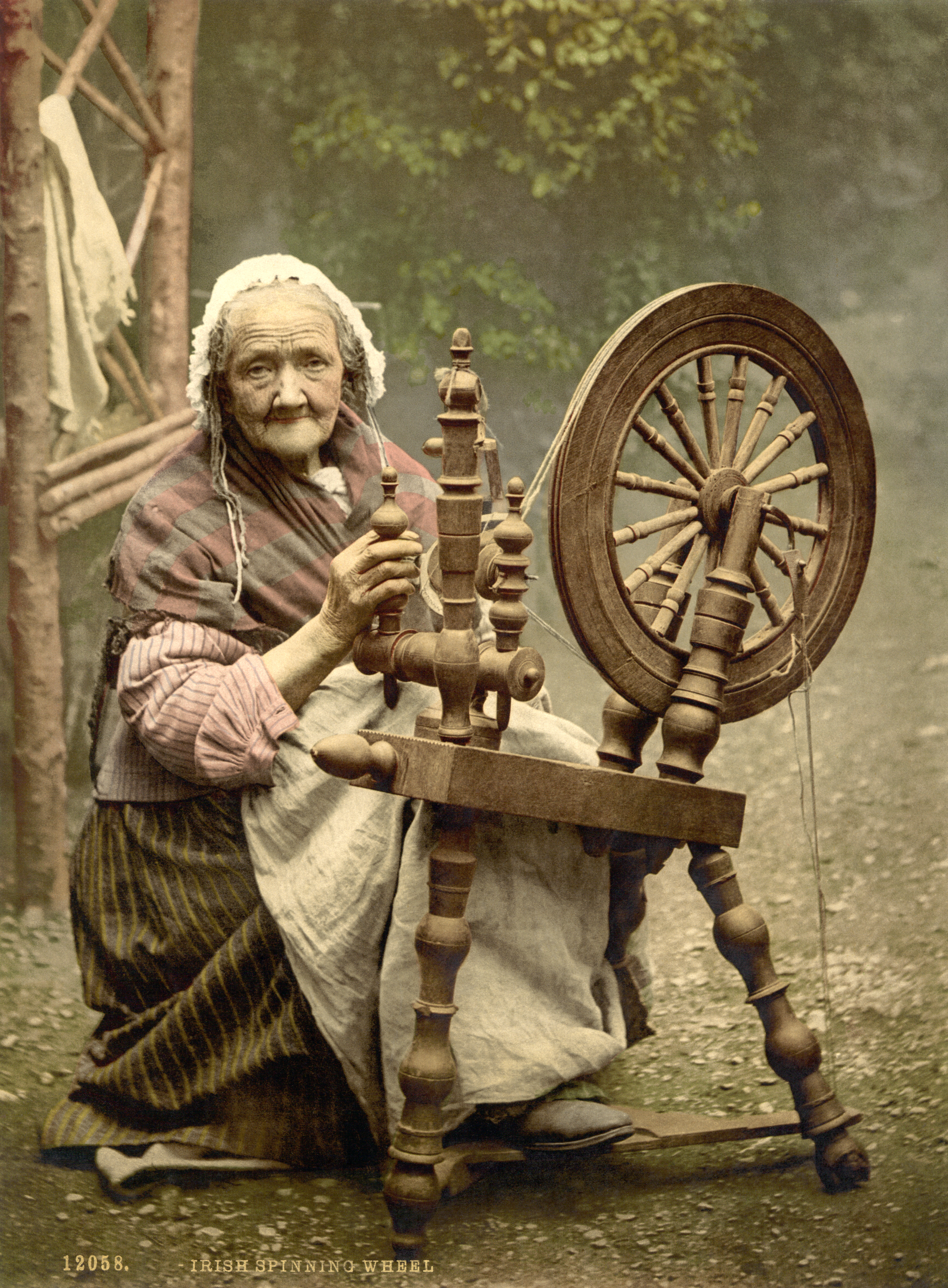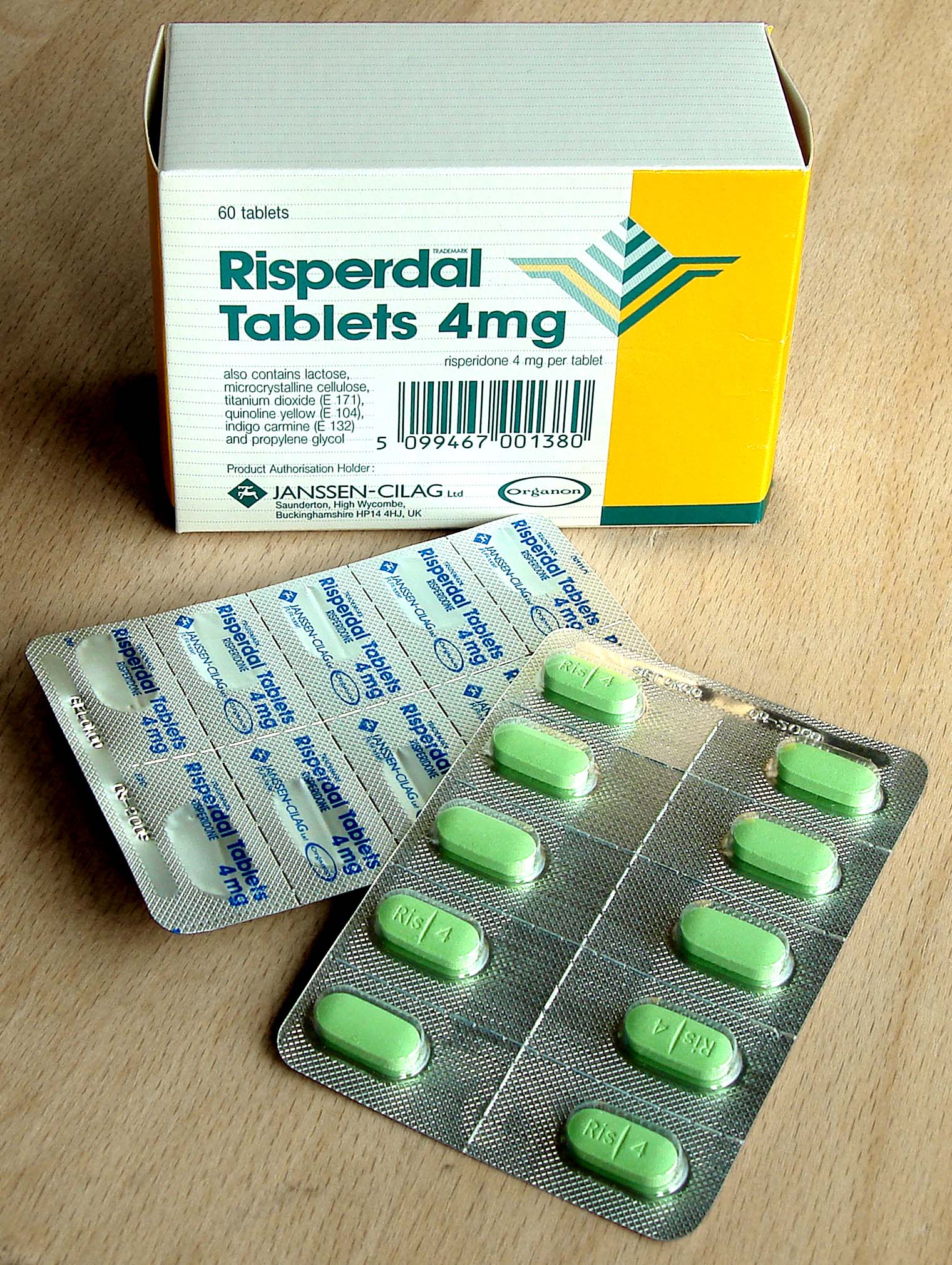|
Can Marfà Knitwear Museum
The Can Marfà Knitwear Museum (), located in Mataró (Spain). Part of the Mataró Museum it is devoted to the knitting and hosiery industry. It is situated in one of the three-storey warehouses of the former Marfà factory in Mataró, the most important Knitted fabric factory in Spain before 1936. The facility has 1,800 m2 distributed over three floors. Ground floor: The temporary exhibition area The ground floor houses the history of textile industry, technology, design and fashion. It is the area of temporary exhibitions. First floor: Mataró, the capital of knitwear The permanent exhibition presents more than one hundred industrial objects explaining the knitwear manufacturing process in Catalonia from the 18th century to present day: Machinery, tools, clothing, advertising and documents, aiming to highlight one of the most important collections of its kind in Europe. Thematic areas The exhibition is arranged in seven thematic areas: * ''Audiovisual introducti ... [...More Info...] [...Related Items...] OR: [Wikipedia] [Google] [Baidu] |
Mataró
Mataró () is the capital and largest town of the Maresme county in Catalonia, Spain. It is located on the Costa del Maresme, Maresme coast, to the south of Costa Brava, between Cabrera de Mar and Sant Andreu de Llavaneres, north-east of Barcelona. , it had a population of 129,749. History Mataró dates back to Roman Republic, Roman times when it was a village known as "Iluro" or "Illuro". The ruins of a first-century BC Roman Thermae, bath house (known locally as the ''Torre Llauder'') were recently discovered and can be visited. The coastal follows the same path as the original Roman road, Via Augusta. Mataró was declared a city by royal decree, even though at the time (nineteenth century) the population fell short of the requirement for city status. The first railway in peninsular Spain was the Mataró – Barcelona line which opened on 28 October 1848 by the Catalonia, Catalan businessman and Mataró native Miquel Biada. This line now forms part of the Renfe/Rodalies de ... [...More Info...] [...Related Items...] OR: [Wikipedia] [Google] [Baidu] |
Finishing (textiles)
In textile manufacturing, finishing refers to the processes that convert the woven or knitted cloth into a usable material and more specifically to any process performed after dyeing the yarn or fabric to improve the look, performance, or "hand" (feel) of the finish textile or clothing. The precise meaning depends on context. Fabric after leaving the loom or knitting machine is not readily useable. Called greige cloth at this stage, it contains natural and added impurities. Sometimes it is also processed at fiber or yarn stages of textile manufacturing. Grey fiber or yarn or fabric goes through a series of processes such as wet processing and finishing. Finishing is a broad range of physical and chemical treatments that complete one stage of textile manufacturing and may prepare for the next step, making the product more receptive to the next stage of manufacturing. Finishing adds value to the product and makes it more attractive, useful, and functional for the end-u ... [...More Info...] [...Related Items...] OR: [Wikipedia] [Google] [Baidu] |
Local Museums In Spain
Local may refer to: Geography and transportation * Local (train), a train serving local traffic demand * Local, Missouri, a community in the United States Arts, entertainment, and media * ''Local'' (comics), a limited series comic book by Brian Wood and Ryan Kelly * ''Local'' (novel), a 2001 novel by Jaideep Varma * ''The Local'' (film), a 2008 action-drama film * ''The Local'', English-language news websites in several European countries Computing * .local, a network address component Mathematics * Local property, a property which occurs on ''sufficiently small'' or ''arbitrarily small'' neighborhoods of points * Local ring, type of ring in commutative algebra Other uses * Pub, a drinking establishment, known as a "local" to its regulars See also * * * Local group (other) * Locale (other) * Localism (other) * Locality (other) * Localization (other) * Locus (other) * Lokal (other) Lokal may refer to: ... [...More Info...] [...Related Items...] OR: [Wikipedia] [Google] [Baidu] |
Barcelona Provincial Council Local Museum Network
The Barcelona Provincial Council Local Museum Network (), also known as ''Catalonia’s Biggest Museum'', is a tool for support and collaboration from and for the museums of the province, which makes available to municipalities a series of services and actions aimed at improving, through the provision of direct services and research into viable formulas for supramunicipal cooperation, the management, conservation and dissemination of heritage and the museum facilities of the towns of Barcelona province. It is managed from the Cultural Heritage Office, which in turn depends on the Department of Knowledge and New Technologies of Barcelona Provincial Council. It was started in 2001, the continuation of a collaboration effort established by the Local Museum Cooperation Committee, which was founded in 1988 in connection with the preparation for the 1st Conference on Museums and Local Administration. Its main objective is to work as a team toward a dynamic, versatile, pluridisciplinary mu ... [...More Info...] [...Related Items...] OR: [Wikipedia] [Google] [Baidu] |
Sewing Machine
Diagram of a modern sewing machine Animation of a modern sewing machine as it stitches A sewing machine is a machine used to sew fabric and materials together with thread. Sewing machines were invented during the first Industrial Revolution to decrease the amount of manual sewing work performed in clothing companies. Since the invention of the first sewing machine, generally considered to have been the work of Englishman Thomas Saint in 1790, the sewing machine has greatly improved the efficiency and productivity of the clothing industry. Home sewing machines are designed for one person to sew individual items while using a single stitch type at a time. In a modern sewing machine, the process of stitching has been automated, so that the fabric easily glides in and out of the machine. Early sewing machines were powered by either constantly turning a flywheel handle or with a foot-operated treadle mechanism. Electrically-powered machines were later introduced. Industria ... [...More Info...] [...Related Items...] OR: [Wikipedia] [Google] [Baidu] |
Crochet
Crochet (; ) is a process of creating textiles by using a crochet hook to interlock loops of yarn, thread (yarn), thread, or strands of other materials. The name is derived from the French term ''crochet'', which means 'hook'. Hooks can be made from different materials (aluminum, steel, metal, wood, bamboo, bone, etc.), sizes, and types (in-line, tapered, ergonomic, etc.). The key difference between crochet and knitting, beyond the implements used for their production, is that each stitch in crochet is completed before the next one, while knitting keeps many stitches open at a time. Some variant forms of crochet, such as Tunisian crochet and Broomstick lace, do keep multiple crochet stitches open at a time. Etymology The word crochet is derived from the French language, French word , a diminutive of ''croche'', in turn from the Germanic languages, Germanic ''croc'', both meaning "hook". It was used in 17th-century French lace-making, where the term ''Crochetage'' designated a sti ... [...More Info...] [...Related Items...] OR: [Wikipedia] [Google] [Baidu] |
Spinning Wheel
A spinning wheel is a device for spinning thread or yarn from fibres. It was fundamental to the textile industry prior to the Industrial Revolution. It laid the foundations for later machinery such as the spinning jenny and spinning frame, which displaced the spinning wheel during the Industrial Revolution. Function The basic spinning of yarn involves taking a clump of fibres and teasing a bit of them out, then twisting it into a basic string shape. The spinner continues pulling and twisting the yarn in this manner to make it longer and longer while also controlling the thickness. Thousands of years ago, people began doing this onto a stick, called a spindle, which was a very lengthy process. The actual wheel part of a spinning wheel does not take the place of the spindle; instead, it automates the twisting process, allowing one to "twist" the thread without having to constantly do so manually, and also the size of the wheel lets one more finely control the amount of twis ... [...More Info...] [...Related Items...] OR: [Wikipedia] [Google] [Baidu] |
Nylon
Nylon is a family of synthetic polymers characterised by amide linkages, typically connecting aliphatic or Polyamide#Classification, semi-aromatic groups. Nylons are generally brownish in color and can possess a soft texture, with some varieties exhibiting a silk-like appearance. As Thermoplastic, thermoplastics, nylons can be melt-processed into fibres, Thin film, films, and diverse shapes. The properties of nylons are often modified by blending with a variety of additives. Numerous types of nylon are available. One family, designated nylon-XY, is derived from diamines and dicarboxylic acids of carbon chain lengths X and Y, respectively. An important example is nylon-6,6 (). Another family, designated nylon-Z, is derived from amino acid, aminocarboxylic acids with carbon chain length Z. An example is nylon-[6]. Nylon polymers have extensive commercial applications, including uses in textiles and fibres (such as apparel, flooring and rubber reinforcement), molded components fo ... [...More Info...] [...Related Items...] OR: [Wikipedia] [Google] [Baidu] |
Loom
A loom is a device used to weaving, weave cloth and tapestry. The basic purpose of any loom is to hold the Warp (weaving), warp threads under tension (mechanics), tension to facilitate the interweaving of the weft threads. The precise shape of the loom and its mechanics may vary, but the basic function is the same. Etymology and usage The word "loom" derives from the Old English ''geloma'', formed from ''ge-'' (perfective prefix) and ''loma'', a root of unknown origin; the whole word ''geloma'' meant a utensil, tool, or machine of any kind. In 1404 "lome" was used to mean a machine to enable weaving thread into cloth. By 1838 "loom" had gained the additional meaning of a machine for interlacing thread. Components and actions Basic structure File:Simple_treadle_floorloom,_line_drawing.png, upright=1.5, left, A simple treadle floor loom. Mouse over components for pop-up links. The warp runs horizontally. On the left the warp beam, held from turning by with a weighted trough t ... [...More Info...] [...Related Items...] OR: [Wikipedia] [Google] [Baidu] |
Packaging And Labeling
Packaging is the science, art and technology of enclosing or protecting products for distribution, storage, sale, and use. Packaging also refers to the process of designing, evaluating, and producing packages. Packaging can be described as a coordinated system of preparing goods for transport, warehousing, logistics, sale, and end use. Packaging contains, protects, preserves, transports, informs, and sells. In many countries it is fully integrated into government, business, institutional, industrial, and for personal use. ''Package labeling'' (American English) or ''labelling'' (British English) is any written, electronic, or graphic communication on the package or on a separate but associated label. Many countries or regions have regulations governing the content of package labels. Merchandising, branding, and persuasive graphics are not covered in this article. History of packaging Ancient era The first packages used the natural materials available at the time: baskets ... [...More Info...] [...Related Items...] OR: [Wikipedia] [Google] [Baidu] |
Trim (sewing)
Trim or trimming in clothing and home decorating is applied ornament, such as Gimp (thread), gimp, passementerie, ribbon, Ruffle (sewing), ruffles, or, as a verb, to apply such ornament. Before the Industrial Revolution, all trim was made and applied by hand, thus making heavily trimmed furnishings and garments expensive and high-status. Machine-woven trims and sewing machines put these dense trimmings within the reach of even modest dressmakers and home sewers, and an abundance of trimming is a characteristic of mid-Victorian fashion. As a predictable reaction, high fashion came to emphasize exquisiteness of cut (clothing), cut and construction over denseness of trimming, and applied trim became a signifier of mass-produced clothing by the 1930s. The iconic braid and gold Button (clothing), button trim of the Chanel suit are a notable survival of trim in high fashion. In home decorating, the 1980s and 1990s saw a fashion for dense, elaborately layered trimmings on upholstered ... [...More Info...] [...Related Items...] OR: [Wikipedia] [Google] [Baidu] |








